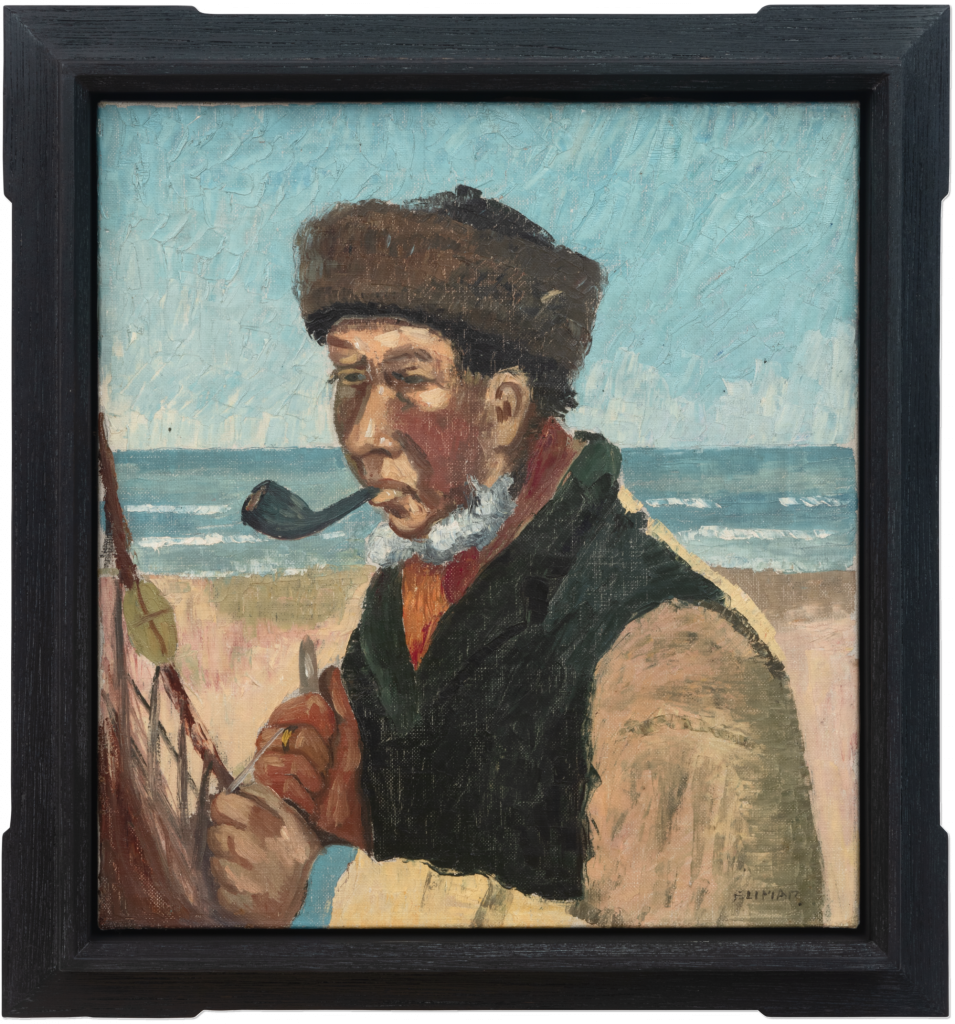Amsterdam’s Van Gogh Museum denies Attribution for Portrait ...... Again

In an email send to ArtDependence, a Van Gogh Museum spokesperson said that the Van Gogh painting bought at a garage sale in 2019 is not an authentic Van Gogh.
The Van Gogh Museum has taken into account the new information mentioned in the Elimar Report by the LMI Group. A Van Gogh Museum spokesperson said: "Based on our opinion, which we previously expressed in 2019 regarding the painting, we maintain our view that this is not an authentic painting by Vincent van Gogh."
A press release issued by LMI Group International, Inc. detailed the conclusion of multi-year, interdisciplinary investigation to authenticate a painting and attribute it to the artist, Vincent van Gogh. The investigation combined traditional authentication and innovative scientific methods. During the investigation, a hair was found embedded in the painting. The hair was sent to Signature Science’s Advanced Genomics Laboratory in Charlottesville, VA, where scientists applied advanced DNA analysis techniques to the sample and determined human male DNA was present.
From the press release:
“Scientific Analysis
LMI Group’s analysis deployed a multidimensional approach to investigating the painting’s authenticity using both scientific and data-driven methods:
After acquiring the painting, it was discovered that Elimar contained a hair partially embedded in the surface at the bottom left corner. Methodical DNA analysis verified that the hair belonged to a human male, with the investigating scientists observing that the hair appeared to be red in color.
An exhaustive technical review found the materials were all compatible with a 19th-century attribution and identified the organic element found on the surface as an egg-white temporary finish that van Gogh was known to have used to protect his canvases as he rolled them. Evidence of Elimar having been rolled was also confirmed.
A precise mathematical comparison of the letters “E L I M A R” to the block and free-form letters found in other autograph works by van Gogh, yielded significant similarities in the letters’ characteristics, including stroke length, counter, angle, stroke width, and bounding size. In some cases, it indicated a 94% similarity, with differences attributed to variations in subject matter, emotional expression, creative process, and materials.
After acquiring the painting, it was discovered that Elimar contained a hair partially embedded in the surface at the bottom left corner. Methodical DNA analysis verified that the hair belonged to a human male, with the investigating scientists observing that the hair appeared to be red in color.”
Main Image: Artist Unknown, Elimar (1889). Image courtesy LMI Group International, Inc.
